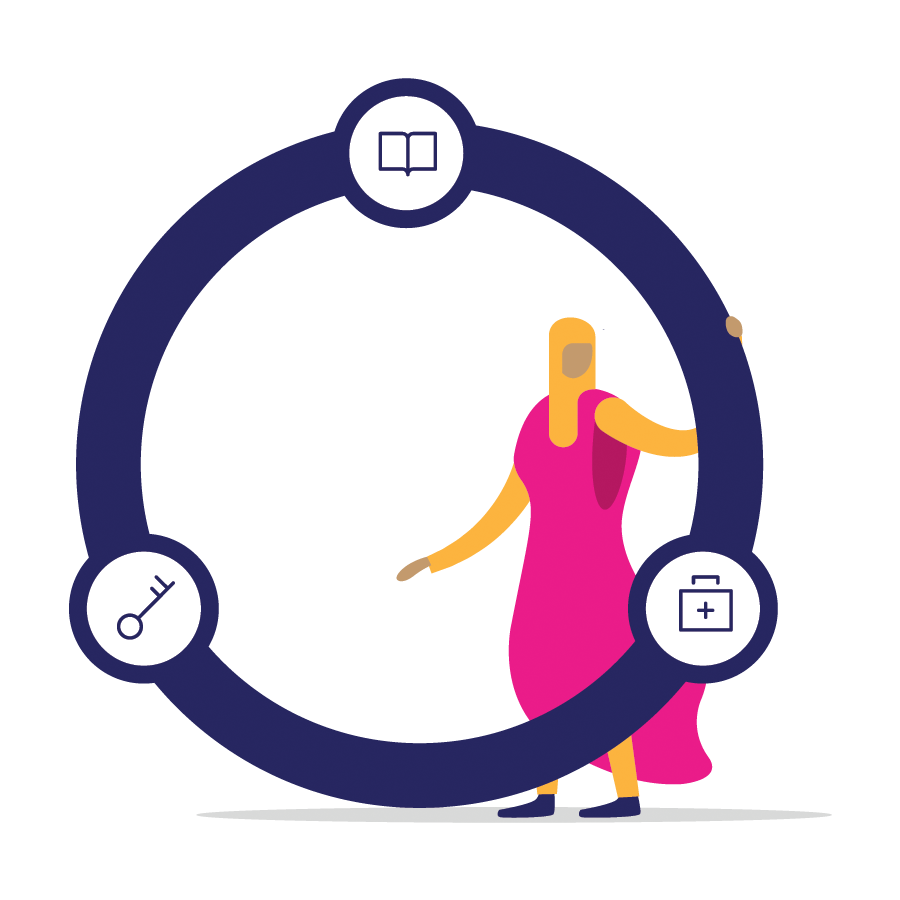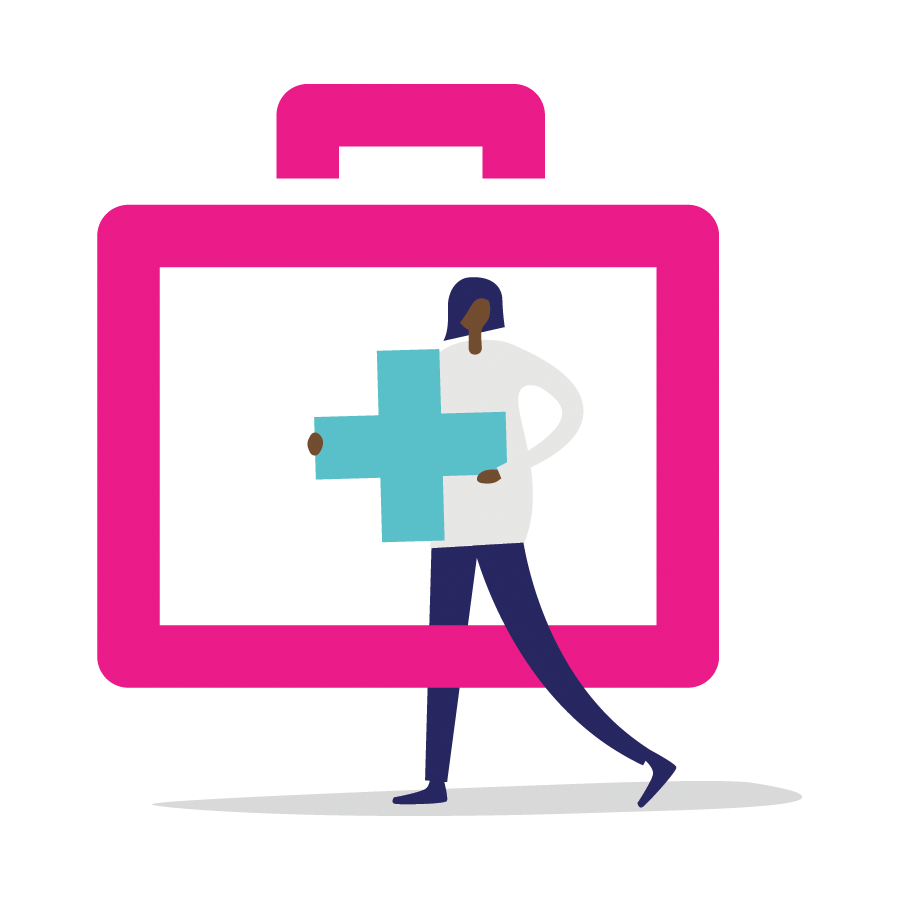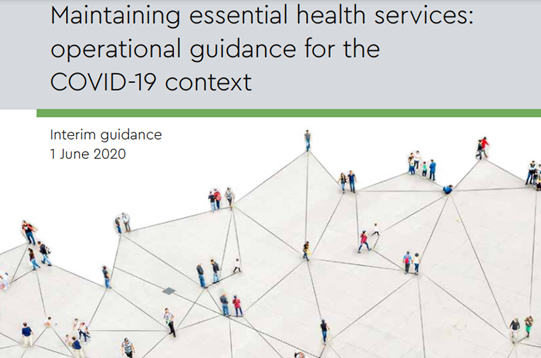Subscribe to our newsletter to receive the latest SafeAccess articles, straight to your inbox.
sign upThe World Health Organisation has published guidance on Maintaining Essential Health Services: operational guidance for the Covid-19 context, including a section on protecting access to safe abortion care and post-abortion care during the pandemic, safely.
As the International Campaign for Safe Abortion reported, the guidance has two main parts: (1) Operational strategies for maintaining essential health services, and (2) Life course and disease considerations.
In the second part, there is a sub-section covering maternal and newborn health, child and adolescent health, older people, and sexual and reproductive health services, including on page 29, guidance on safe abortion care and post-abortion care, which reads as follows:
- Consider reducing barriers that could delay care and therefore increase risk for adolescents, rape survivors and others particularly vulnerable in this context.
- Consider the option of using non-invasive medical methods for managing safe abortion and incomplete abortion.
- Minimize facility visits and provider–client contacts through the use of telemedicine and self-management approaches, when applicable, ensuring access to a trained provider if needed.
- Adjust forecasting for commodities and supplies to meet the anticipated increase in need for medical methods of abortion.
When facility-based provision of SRH services is disrupted, WHO recommends prioritizing digital health services, self-care interventions, task sharing and outreach to ensure access to medicines, diagnostics, devices, information and counselling. This prioritization should include ensuring access to contraception, abortion to the full extent allowed by law, and prevention and treatment services for sexually transmitted infections (STIs), including HIV and human papillomavirus (HPV).
The overview of the document says: “As the outbreak is brought under control and restrictive public health measures are gradually eased, some adaptations in service delivery may need to be reversed, others continued for a limited time, and yet others that are found to be effective, safe and beneficial can be incorporated into routine post-pandemic practice.”






